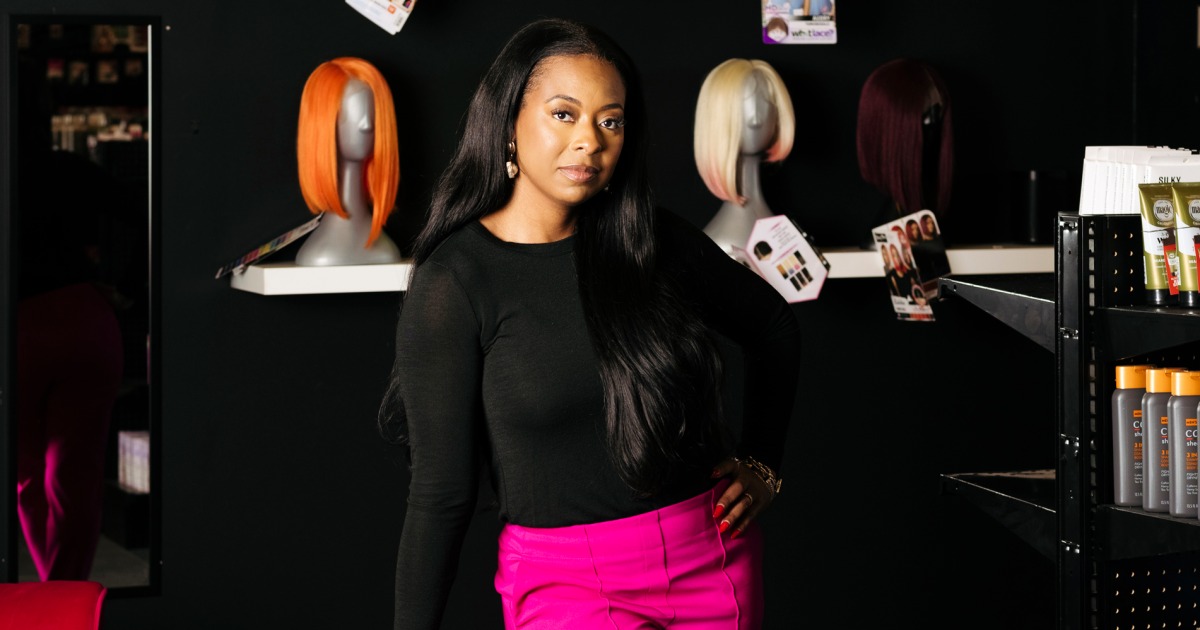How Trump’s Trade War is Reshaping Beauty Supply Stores
The ripple effects of former President Donald Trump’s trade war with China have reached an unexpected sector: beauty supply stores. Since 2018, tariffs on Chinese imports have disrupted supply chains, increased product costs, and forced retailers to adapt. From Los Angeles to New York, beauty store owners now face higher wholesale prices, inventory shortages, and pressure to pass costs onto consumers—reshaping an industry that relies heavily on affordable imports.
The Tariff Toll on Beauty Products
When the U.S. imposed tariffs on $370 billion worth of Chinese goods, beauty tools and accessories—including makeup brushes, hair extensions, and nail supplies—were swept into the crossfire. The Office of the U.S. Trade Representative (USTR) listed these items under Section 301 tariffs, subjecting them to levies of up to 25%. According to the American Beauty Association, 60% of beauty tools sold in the U.S. are manufactured in China.
“The math is brutal,” explains Lisa Chen, owner of Glow Beauty Supply in Chicago. “A shipment of 1,000 hair combs that cost me $2,000 now comes with a $500 tariff. I either raise prices or absorb the hit.” Data from the National Retail Federation shows that beauty supply stores saw a 12-18% increase in wholesale costs between 2019 and 2021.
Supply Chain Struggles and Workarounds
Beyond tariffs, trade tensions have caused logistical nightmares. Many retailers report delayed shipments due to heightened customs inspections. Some have turned to alternative suppliers in Vietnam or South Korea, but transitioning isn’t seamless. “Vietnamese factories lack the capacity to meet demand,” says trade economist Dr. Mark Richardson. “Lead times have doubled, and quality control issues are rampant.”
Beauty store owners have adopted creative strategies to cope:
- Diversifying suppliers: 42% now source from at least three countries, per a 2022 Beauty Industry Report.
- Stockpiling inventory: Some retailers bought 6-12 months of stock pre-tariff, though storage costs cut into margins.
- Private labeling: Stores like Beauty Depot now sell in-house brands to avoid import markups.
Consumer Consequences: Higher Prices, Shifting Preferences
Shoppers are feeling the pinch. A bottle of argan oil that cost $12 in 2017 now averages $16, while premium makeup brushes have jumped 20-30%. “I used to replace my eyelash curlers every six months,” says Miami customer Rosa Diaz. “Now I stretch it to a year because they’re almost double the price.”
However, some retailers see a silver lining. “Customers are investing in higher-quality items that last longer,” notes Carlos Mendez, a buyer for Luxe Beauty Wholesale. Sales data shows a 15% rise in purchases of “professional-grade” tools since 2020, as consumers avoid frequent replacements.
The Future of Beauty Retail in a Trade-War Era
Experts predict lasting changes for the industry. While the Biden administration has reviewed some tariffs, most remain intact. Beauty stores may continue pivoting to non-Chinese suppliers, though analysts warn this could take years. “The supply chain isn’t a faucet you can turn on and off,” says Richardson. “Every shift requires retooling relationships and logistics.”
For now, retailers are urging policymakers to reconsider tariffs on essential beauty items. The Professional Beauty Association recently lobbied Congress, arguing that these costs disproportionately affect small businesses and working-class consumers. As the trade war’s shadow lingers, one thing is clear: the beauty aisle will never look quite the same.
Want to share how tariffs have affected your beauty routine? Join the conversation on social media using #BeautyTradeWars.
See more Business Focus Insider Team

